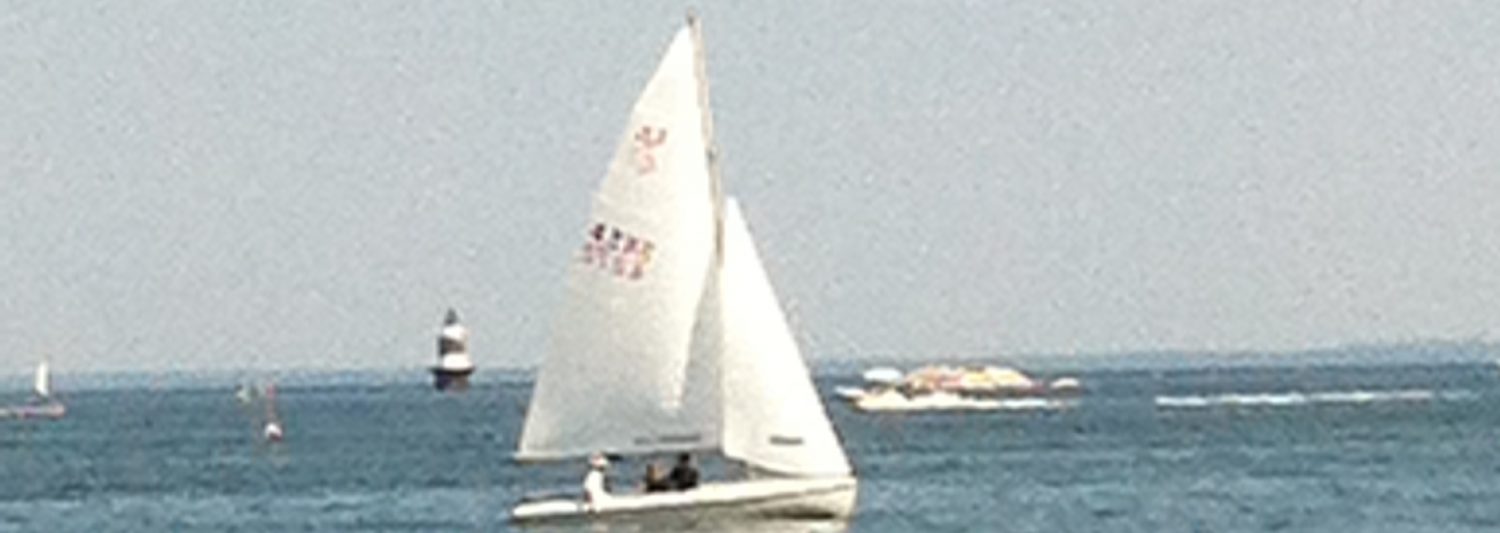As 2023 comes to a close, so does my year of #12Ancestors, the monthly version of #52Ancestors. This month, I was compelled to choose the theme of “Cousins”, and in that vein I am dedicating this particular post to the memory of my third cousin, Ronald Scott Colomy, who just passed away this month.
Ron was special to me for several reasons. First of all, he and his wife (who, like other still-living cousins, I’m not naming for privacy reasons) were online friends with my aunt who passed away in 2010; yes, the same aunt whose death launched my genealogical journey. When they learned of her death, Ron and his wife reached out to me to extend their condolences, and very quickly a friendship of my own was formed. Both of us were passionate about researching our ancestors!
After a few years of corresponding, I finally got to meet Ron and his wife as they passed through my town as part of a genealogical road trip. The connection was unmistakable, as these descendants of Bertha and Edwin Colomy met for the first time! Since then, we’ve been sharing our finds, our theories, and our mutual frustration in trying to figure out George W. Colomy! My friendship with Ron and his wife also led to “meeting” more of the cousins online in our cousin Facebook group and forming a few more friendships.
And speaking of Facebook, I’ve been fortunate to connect there with other cousins I’ve come across through this blog, #genchat and even FindaGrave! The FindaGrave connection was a rare one: a second cousin on my mother’s Polish side, who just happened to live in New York City at the time, just an hour away from me. Prior to her moving away, we’d met up a few times, including trips to the Family History Center in New York City and to Ellis Island!
I’d be remiss if I didn’t mention another special cousin who I actually met through SmartMatches on MyHeritage. This was my New Zealand cousin who was descended from Edgar Douglas White and the keeper of some White correspondence. He was the one who alerted me to the fact that Jennie and Edgar had a brother named Joseph, who I wrote about here. I was actually able to meet him and his wife in 2015 as they passed through New York City on their own genealogical road trip. It was another magical meeting of connection against the setting of New York at Christmas time!
I could go on and on about the distant cousins I’ve met in-person and on-line, but I think you get the drift. I’m calling them a genealogy bonus, because they’re what you get as you’re searching for your ancestors. I’m so fortunate to call so many of my cousins friends as well!


















